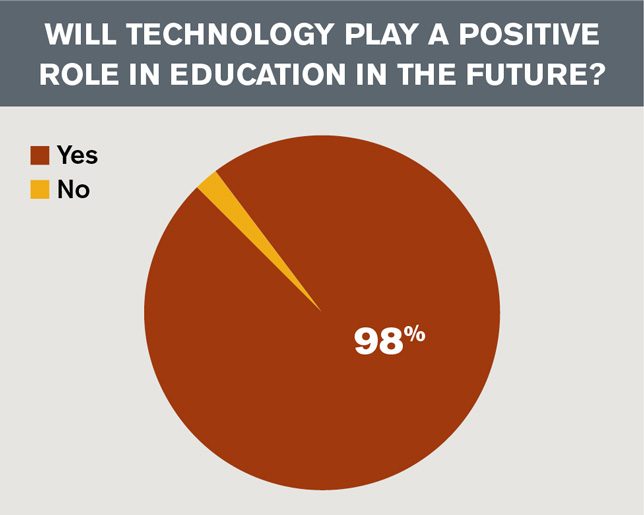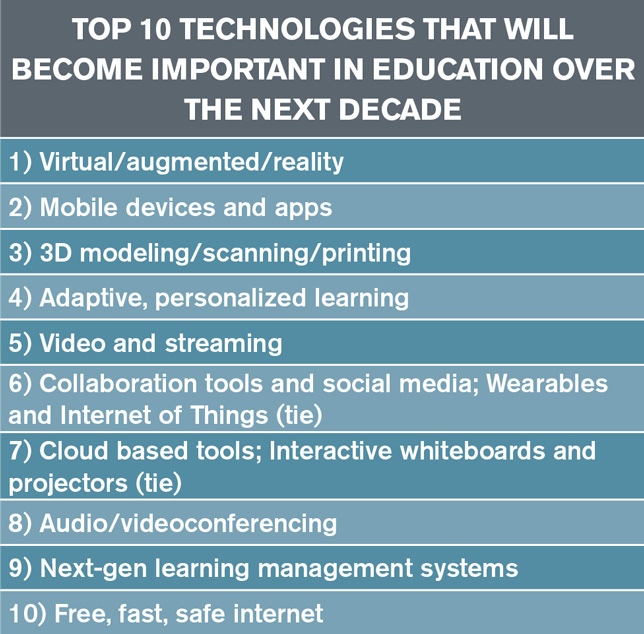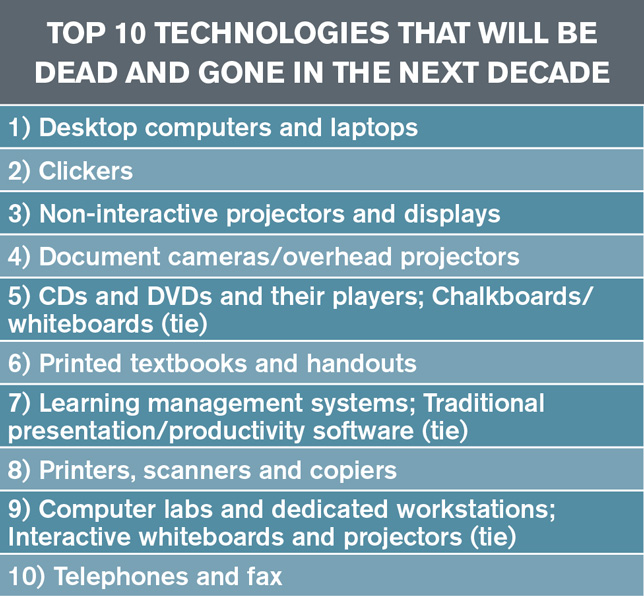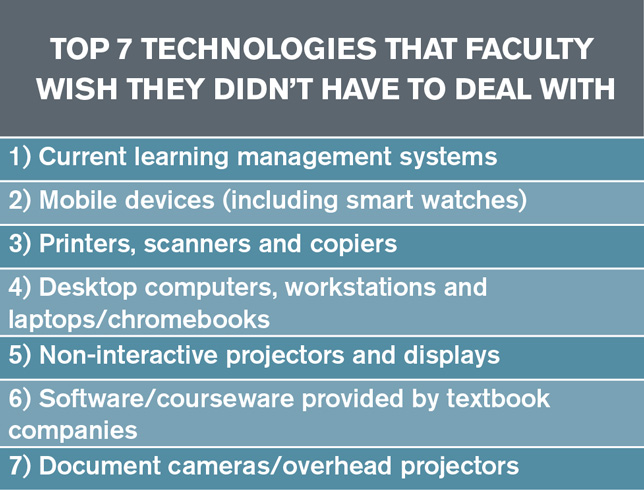Understanding what sources to trust is a basic tenet of media literacy education.
Think about how this might play out in communities where the “liberal media” is viewed with disdain as an untrustworthy source of information…or in those where science is seen as contradicting the knowledge of religious people…or where degrees are viewed as a weapon of the elite to justify oppression of working people. Needless to say, not everyone agrees on what makes a trusted source.
Students are also encouraged to reflect on economic and political incentives that might bias reporting. Follow the money, they are told. Now watch what happens when they are given a list of names of major power players in the East Coast news media whose names are all clearly Jewish. Welcome to an opening for anti-Semitic ideology.
In the United States, we believe that worthy people lift themselves up by their bootstraps. This is our idea of freedom. To take away the power of individuals to control their own destiny is viewed as anti-American by so much of this country. You are your own master.
Children are indoctrinated into this cultural logic early, even as their parents restrict their mobility and limit their access to social situations. But when it comes to information, they are taught that they are the sole proprietors of knowledge. All they have to do is “do the research” for themselves and they will know better than anyone what is real.
Many marginalized groups are justifiably angry about the ways in which their stories have been dismissed by mainstream media for decades.It took five days for major news outlets to cover Ferguson. It took months and a lot of celebrities for journalists to start discussing the Dakota Pipeline. But feeling marginalized from news media isn’t just about people of color.
Keep in mind that anti-vaxxers aren’t arguing that vaccinations definitively cause autism. They are arguing that we don’t know. They are arguing that experts are forcing children to be vaccinated against their will, which sounds like oppression. What they want is choice — the choice to not vaccinate. And they want information about the risks of vaccination, which they feel are not being given to them. In essence, they are doing what we taught them to do: questioning information sources and raising doubts about the incentives of those who are pushing a single message. Doubt has become tool.
Addressing so-called fake news is going to require a lot more than labeling. It’s going to require a cultural change about how we make sense of information, whom we trust, and how we understand our own role in grappling with information. Quick and easy solutions may make the controversy go away, but they won’t address the underlying problems.
boyd, danah. (2014). It’s Complicated: The Social Lives of Networked Teens (1 edition). New Haven: Yale University Press.
p. 8 networked publics are publics that are reconstructed by networked technologies. they are both space and imagined community.
p. 11 affordances: persistence, visibility, spreadability, searchability.
p. technological determinism both utopian and dystopian
p. 30 adults misinterpret teens online self-expression.
p. 31 taken out of context. Joshua Meyrowitz about Stokely Charmichael.
p. 43 as teens have embraced a plethora of social environment and helped co-create the norms that underpin them, a wide range of practices has emerged. teens have grown sophisticated with how they manage contexts and present themselves in order to be read by their intended audience.
p. 54 privacy. p. 59 Privacy is a complex concept without a clear definition. Supreme Court Justice Brandeis: the right to be let alone, but also ‘measure of th access others have to you through information, attention, and physical proximity.’
control over access and visibility
p. 65 social steganography. hiding messages in plain sight
p. 69 subtweeting. encoding content
p. 70 living with surveillance . Foucault Discipline and Punish
p. 77 addition. what makes teens obsessed w social media.
p. 81 Ivan Goldberg coined the term internet addiction disorder. jokingly
p. 89 the decision to introduce programmed activities and limit unstructured time is not unwarranted; research has shown a correlation between boredom and deviance.
My interview with Myra, a middle-class white fifteen-year-old from Iowa, turned funny and sad when “lack of time” became a verbal trick in response to every question. From learning Czech to trakc, from orchestra to work in a nursery, she told me that her mother organized “98%” of her daily routine. Myra did not like all of these activities, but her mother thought they were important.
Myra noted that her mother meant well, but she was exhausted and felt socially disconnected because she did not have time to connect with friends outside of class.
p. 100 danger
are sexual predators lurking everywhere
p. 128 bullying. is social media amplifying meanness and cruelty.
p. 131 defining bullying in a digital era. p. 131 Dan Olweus narrowed in the 70s bulling to three components: aggression, repetition and imbalance on power. p. 152 SM has not radically altered the dynamics of bullying, but it has made these dynamics more visible to more people. we must use this visibility not to justify increased punishment, but to help youth who are actually crying out for attention.
p. 153 inequality. can SM resolve social divisions?
p. 176 literacy. are today’s youth digital natives? p. 178 Barlow and Rushkoff p. 179 Prensky. p. 180 youth need new literacies. p. 181 youth must become media literate. when they engage with media–either as consumers or producers–they need to have the skills to ask questions about the construction and dissemination of particular media artifacts. what biases are embedded in the artifact? how did the creator intend for an audience to interpret the artifact, and what are the consequences of that interpretation.
p. 183 the politics of algorithms (s
ee also these IMS blog entries https://blog.stcloudstate.edu/ims?s=algorithms) Wikipedia and google are fundamentally different sites. p. 186 Eli Pariser, The Filter Bubble: the personalization algorithms produce social divisions that undermine any ability to crate an informed public. Harvard’s Berkman Center have shown, search engines like Google shape the quality of information experienced by youth.
p. 192 digital inequality. p. 194 (bottom) 195 Eszter Hargittai: there are signifficant difference in media literacy and technical skills even within age cohorts. teens technological skills are strongly correlated with socio-economic status. Hargittai argues that many youth, far from being digital natives, are quite digitally naive.
p. 195 Dmitry Epstein: when society frames the digital divide as a problem of access, we see government and industry as the responsible party for the addressing the issue. If DD as skills issue, we place the onus on learning how to manage on individuals and families.
p. 196 beyond digital natives
Palfrey, J., & Gasser, U. (2008). Born Digital: Understanding the First Generation of Digital Natives (1 edition). New York: Basic Books.
John Palfrey, Urs Gasser: Born Digital
Digital Natives share a common global culture that is defined not by age, strictly, but by certain attributes and experience related to how they interact with information technologies, information itself, one another, and other people and institutions. Those who were not “born digital’ can be just as connected, if not more so, than their younger counterparts. And not everyone born since, say 1982, happens to be a digital native.” (see also https://blog.stcloudstate.edu/ims/2018/04/15/no-millennials-gen-z-gen-x/
p. 197. digital native rhetoric is worse than inaccurate: it is dangerous
many of the media literacy skills needed to be digitally savvy require a level of engagement that goes far beyond what the average teen pick up hanging out with friends on FB or Twitter. Technical skills, such as the ability to build online spaces requires active cultivation. Why some search queries return some content before others. Why social media push young people to learn how to to build their own systems, versus simply using a social media platforms. teens social status and position alone do not determine how fluent or informed they are via-a-vis technology.
p. 199 Searching for a public on their own



